Whispers from a War-Torn Veil
In the shadowed folds of Hadea, a fictional island nation scarred by ceaseless civil strife, Hell is Us unfolds like a fever dream etched in blood and ash. Developed by Rogue Factor, a debut studio helmed by industry veteran Jonathan Jacques-Belletête, known for his work on Deus Ex: Human Revolution, and published by Nacon, this third-person action-adventure drops you into the role of Remi, a journalist exiled as a child during the war’s outbreak, now returning to unearth his family’s fate amid a supernatural calamity. Released on September 4, 2025, for PS5, Xbox Series X|S, and PC, the game spans roughly 25-30 hours for a main playthrough, ballooning to 40 with optional “Mysteries” and “Good Deeds” that reward subtle exploration. It’s a semi-open world that eschews the sprawl of Elden Ring for a more contained, interconnected tapestry of war-ravaged hamlets, fog-shrouded forests, and crumbling bunkers, where every path feels deliberate yet deviously obscured.
The narrative pulses with Jacques-Belletête’s stated theme: human violence as an endless cycle, stoked by raw emotions like grief and rage, now amplified by chimeric horrors that modern bullets bounce off like rain on stone. Remi’s quest isn’t a linear revenge tale but a mosaic of fragmented memories, pieced together through environmental storytelling, cryptic notes, and fleeting NPC encounters that vanish like ghosts if you dawdle. The calamity, manifesting as grotesque, ancient-monument-inspired beasts, serves as a metaphor for war’s lingering rot, blending folklore with footage-inspired horrors from real conflicts, creating a tone that’s as oppressive as it is poignant. Players who’ve traversed its demo praise the way it mirrors The Last of Us‘ emotional gut-punches but swaps infected hordes for introspective isolation, though some note the story’s opacity can feel more punishing than profound, demanding a notebook for clues that the game doles out like breadcrumbs in a blizzard.
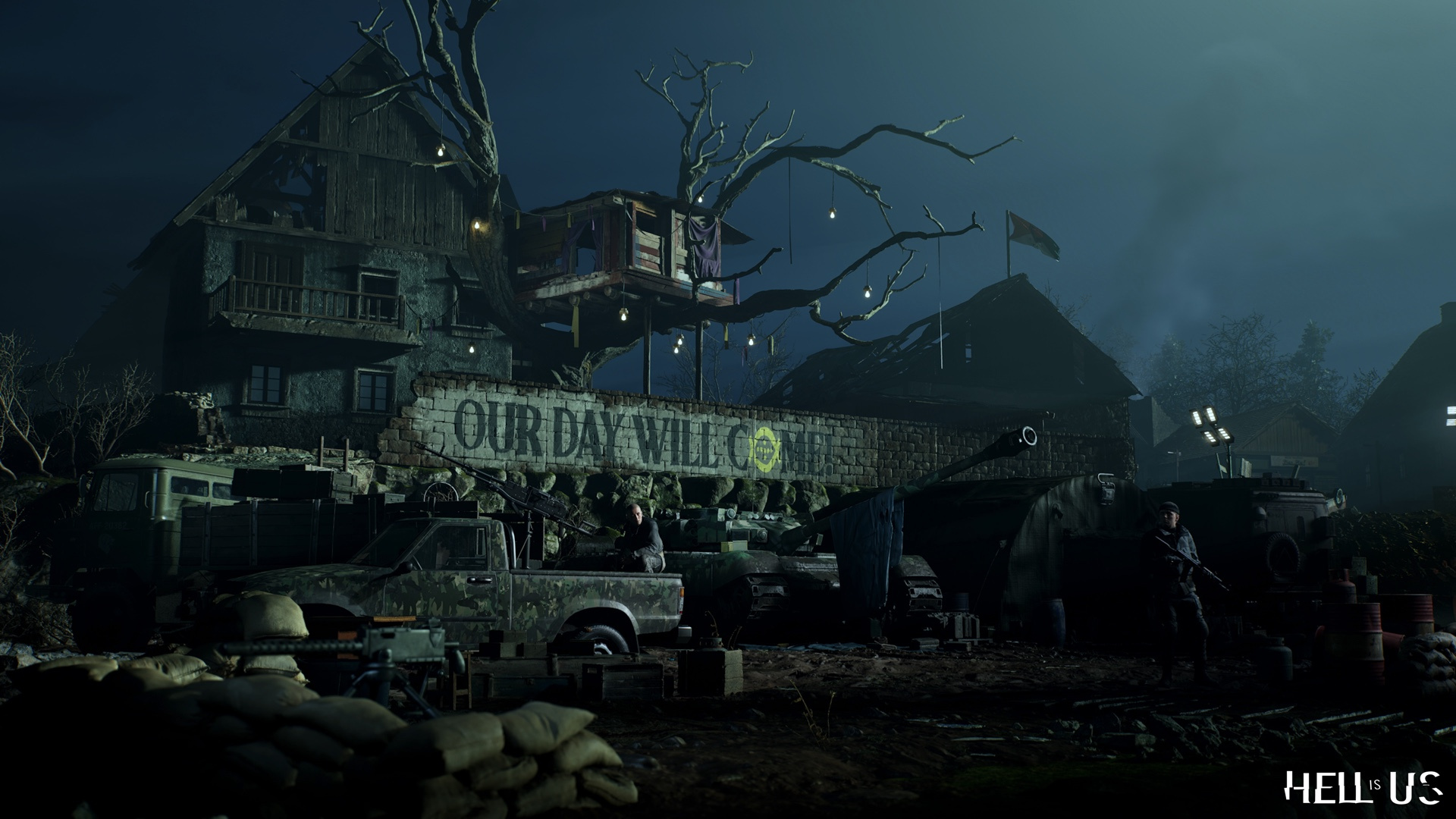 For a debut, Hell is Us punches above its weight, weaving anti-war commentary into its fibers without sermonizing, think bombed-out playgrounds where children once played, now patrolled by spectral sentinels. It’s a bold swing in a market bloated with hand-holding epics, inviting you to question not just Remi’s path, but humanity’s propensity for self-inflicted hells. Subtle humor glimmers in the absurdity of it all: a drone that beeps like an overcaffeinated tour guide, chirping facts amid the carnage, reminding you that even in apocalypse, bureaucracy persists.
For a debut, Hell is Us punches above its weight, weaving anti-war commentary into its fibers without sermonizing, think bombed-out playgrounds where children once played, now patrolled by spectral sentinels. It’s a bold swing in a market bloated with hand-holding epics, inviting you to question not just Remi’s path, but humanity’s propensity for self-inflicted hells. Subtle humor glimmers in the absurdity of it all: a drone that beeps like an overcaffeinated tour guide, chirping facts amid the carnage, reminding you that even in apocalypse, bureaucracy persists.
Trails Forged by Forgotten Feet
Exploration in Hell is Us is its beating, bewildered heart, a radical rejection of the genre’s GPS crutches, thrusting you into a world where progress hinges on keen eyes, environmental cues, and the occasional “Eureka!” scribbled in your journal. No minimap glows to summon waypoints; instead, faded signposts, overheard mutterings from shell-shocked survivors, or a bloodied photo clutched in a corpse’s hand nudge you toward the next revelation. The semi-open design crafts a web of zones, coastal ruins bleeding into inland trenches, that loop back on themselves, rewarding backtracking with hidden caches or “Good Deeds” like returning a locket to a grieving widow, which might unlock a spectral ally later. It’s a system that evokes Outer Wilds‘ cosmic detective work but grounds it in terrestrial trauma, where stumbling upon a mass grave isn’t just lore, it’s a gut-check on your bearings.
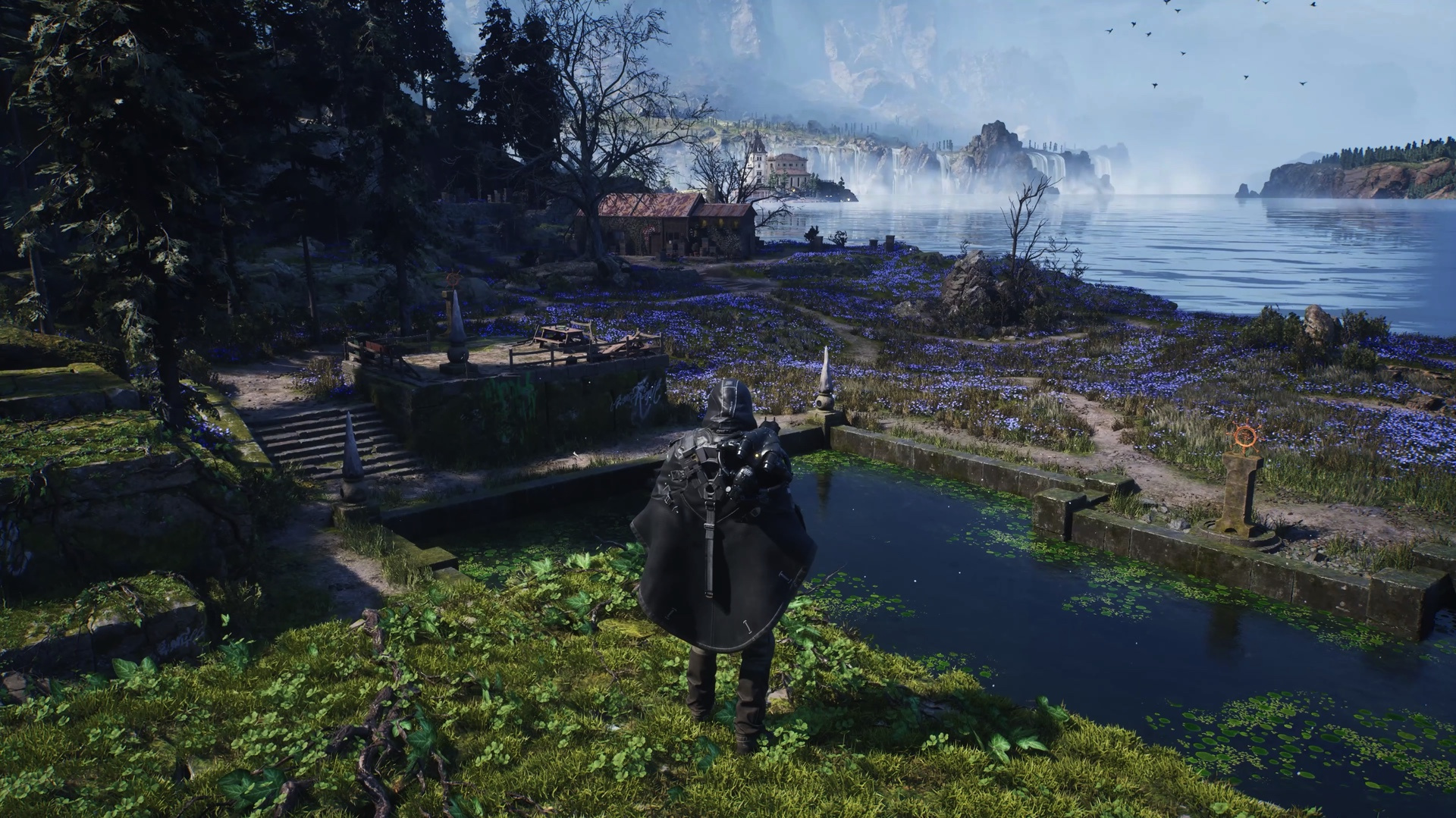 This instinct-driven navigation shines in its puzzle integration: a collapsed bridge might demand you scale sheer cliffs using wind-carved handholds, or decipher a rune-etched obelisk by aligning it with distant landmarks at dusk. The drone companion, a relic from Remi’s past, scans for subtle anomalies, like heat signatures from buried explosives, but its battery drains like a bad habit, forcing conservation. Web chatter from early access players raves about the satisfaction of piecing together a “Mystery” chain, such as linking a soldier’s dog tags to a besieged outpost, only to uncover a betrayal that reshapes the war’s narrative. Yet, the double-edged blade cuts deep: what starts as liberating freedom can sour into tedium, with hours lost circling fog banks or misreading a villager’s vague “head north at the forked oak” as a Sisyphean tease. It’s a design that flatters the patient explorer while humbling the hasty, often eliciting that wry chuckle when you realize the “obvious” path was a decoy all along.
This instinct-driven navigation shines in its puzzle integration: a collapsed bridge might demand you scale sheer cliffs using wind-carved handholds, or decipher a rune-etched obelisk by aligning it with distant landmarks at dusk. The drone companion, a relic from Remi’s past, scans for subtle anomalies, like heat signatures from buried explosives, but its battery drains like a bad habit, forcing conservation. Web chatter from early access players raves about the satisfaction of piecing together a “Mystery” chain, such as linking a soldier’s dog tags to a besieged outpost, only to uncover a betrayal that reshapes the war’s narrative. Yet, the double-edged blade cuts deep: what starts as liberating freedom can sour into tedium, with hours lost circling fog banks or misreading a villager’s vague “head north at the forked oak” as a Sisyphean tease. It’s a design that flatters the patient explorer while humbling the hasty, often eliciting that wry chuckle when you realize the “obvious” path was a decoy all along.
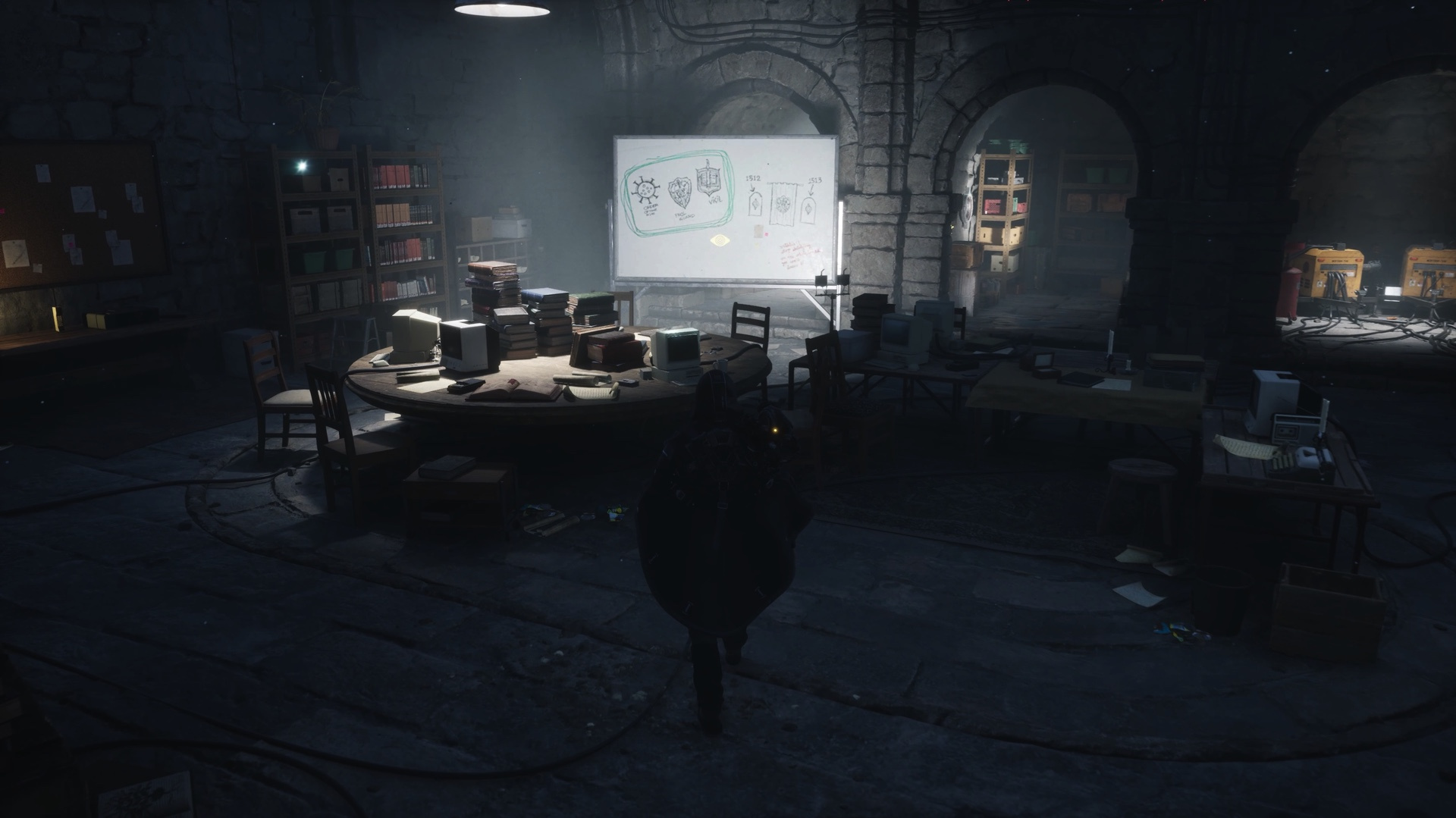 The world’s verticality adds layers, with climbable vines and precarious ledges turning traversal into a rhythmic dance of risk and revelation. Collectibles like audio logs from deserters or chimeric effigies that whisper forgotten rites deepen immersion, though their scarcity ensures they land like rare epiphanies rather than clutter. In a gaming landscape where Assassin’s Creed drowns you in icons, Hell is Us dares you to draw your own, fostering a personal pilgrimage that’s as frustrating as it is unforgettable, proof that sometimes, getting lost is the point.
The world’s verticality adds layers, with climbable vines and precarious ledges turning traversal into a rhythmic dance of risk and revelation. Collectibles like audio logs from deserters or chimeric effigies that whisper forgotten rites deepen immersion, though their scarcity ensures they land like rare epiphanies rather than clutter. In a gaming landscape where Assassin’s Creed drowns you in icons, Hell is Us dares you to draw your own, fostering a personal pilgrimage that’s as frustrating as it is unforgettable, proof that sometimes, getting lost is the point.
Blades Against the Abyss
Combat carves Hell is Us into soulslike territory without fully embracing the masochism, delivering visceral melee clashes that reward timing over twitch reflexes against foes that defy gunpowder’s bite. Your arsenal, katana-like swords for sweeping arcs, spears for poking from safety, axes for crowd-crushing cleaves, feels weighty yet responsive, with parries that stagger chimeric horrors into vulnerable stuns and drone-assisted distractions that lure packs into kill zones. Enemies range from lumbering stone golems mimicking war memorials to agile shadow-wraiths that phase through cover, each demanding adaptive tactics: a backdraft-breathing behemoth might need kiting to exhaust its fuel, while spectral soldiers require precise counters to shatter their ethereal guards. The system scales with your arsenal upgrades, forged at hidden anvils using chimeric shards, allowing hybrid builds like a spear infused with drone lightning for ranged shocks.
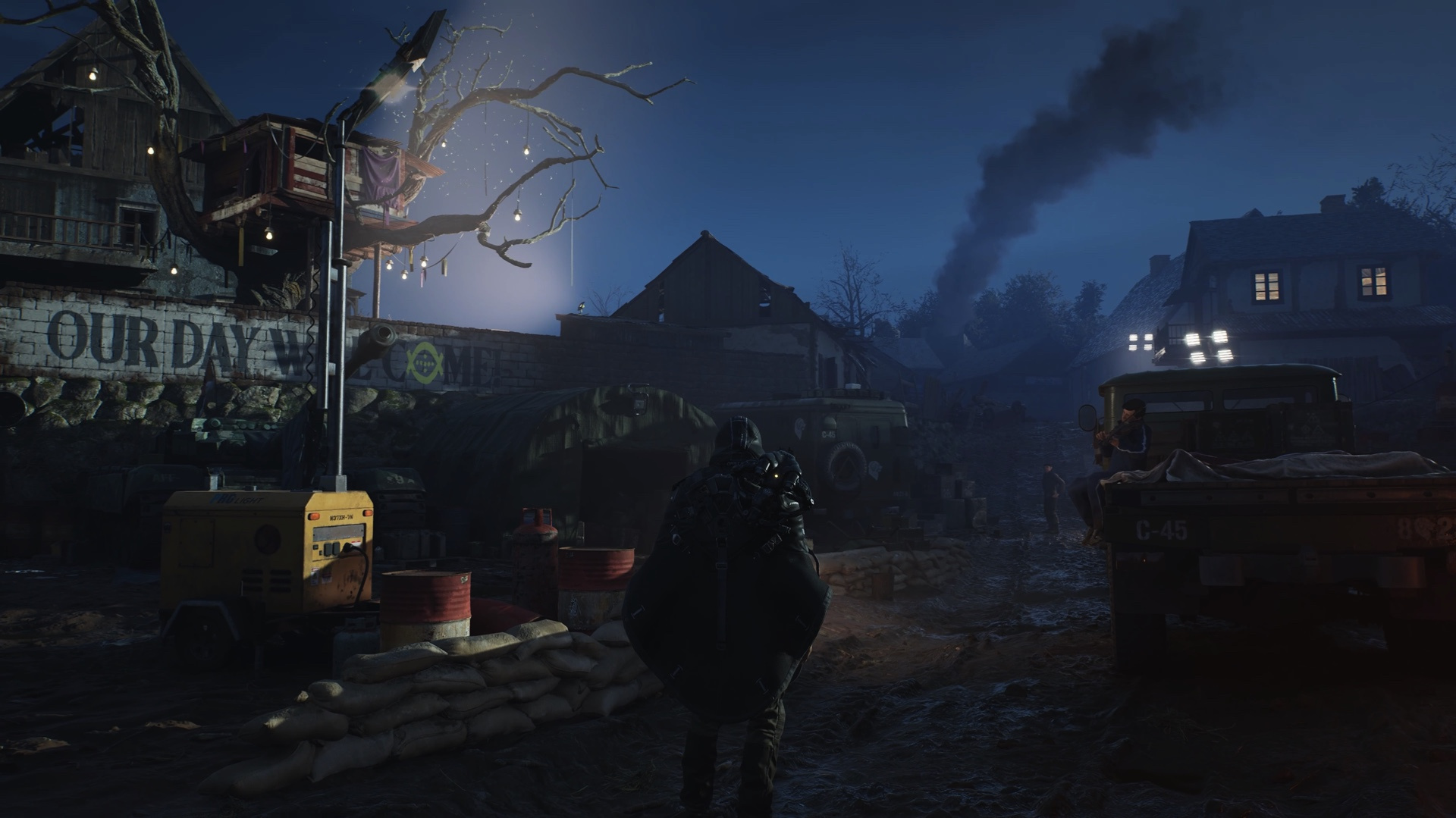 Boss encounters elevate the fray, pitting you against colossal calamities, like a colossal effigy animated by collective rage, that phase through multi-stage assaults, forcing environmental exploitation such as toppling spires or igniting oil slicks. It’s forgiving compared to Dark Souls‘ permadeath loop, defeat sends you nearby with gear intact, emphasizing learning over grinding, yet the rarity of healing “Essences” (gleaned from Good Deeds) keeps tension taut. Player anecdotes highlight the thrill of a flawless parry chain turning a horde into mincemeat, though gripes abound about enemy variety plateauing mid-game, with reskinned grunts diluting the dread. Subtle humor sneaks in via the drone’s sassy diagnostics, “Target’s structural integrity: questionable”, lightening the load when a boss’s pattern finally clicks after a dozen dances with death.
Boss encounters elevate the fray, pitting you against colossal calamities, like a colossal effigy animated by collective rage, that phase through multi-stage assaults, forcing environmental exploitation such as toppling spires or igniting oil slicks. It’s forgiving compared to Dark Souls‘ permadeath loop, defeat sends you nearby with gear intact, emphasizing learning over grinding, yet the rarity of healing “Essences” (gleaned from Good Deeds) keeps tension taut. Player anecdotes highlight the thrill of a flawless parry chain turning a horde into mincemeat, though gripes abound about enemy variety plateauing mid-game, with reskinned grunts diluting the dread. Subtle humor sneaks in via the drone’s sassy diagnostics, “Target’s structural integrity: questionable”, lightening the load when a boss’s pattern finally clicks after a dozen dances with death.
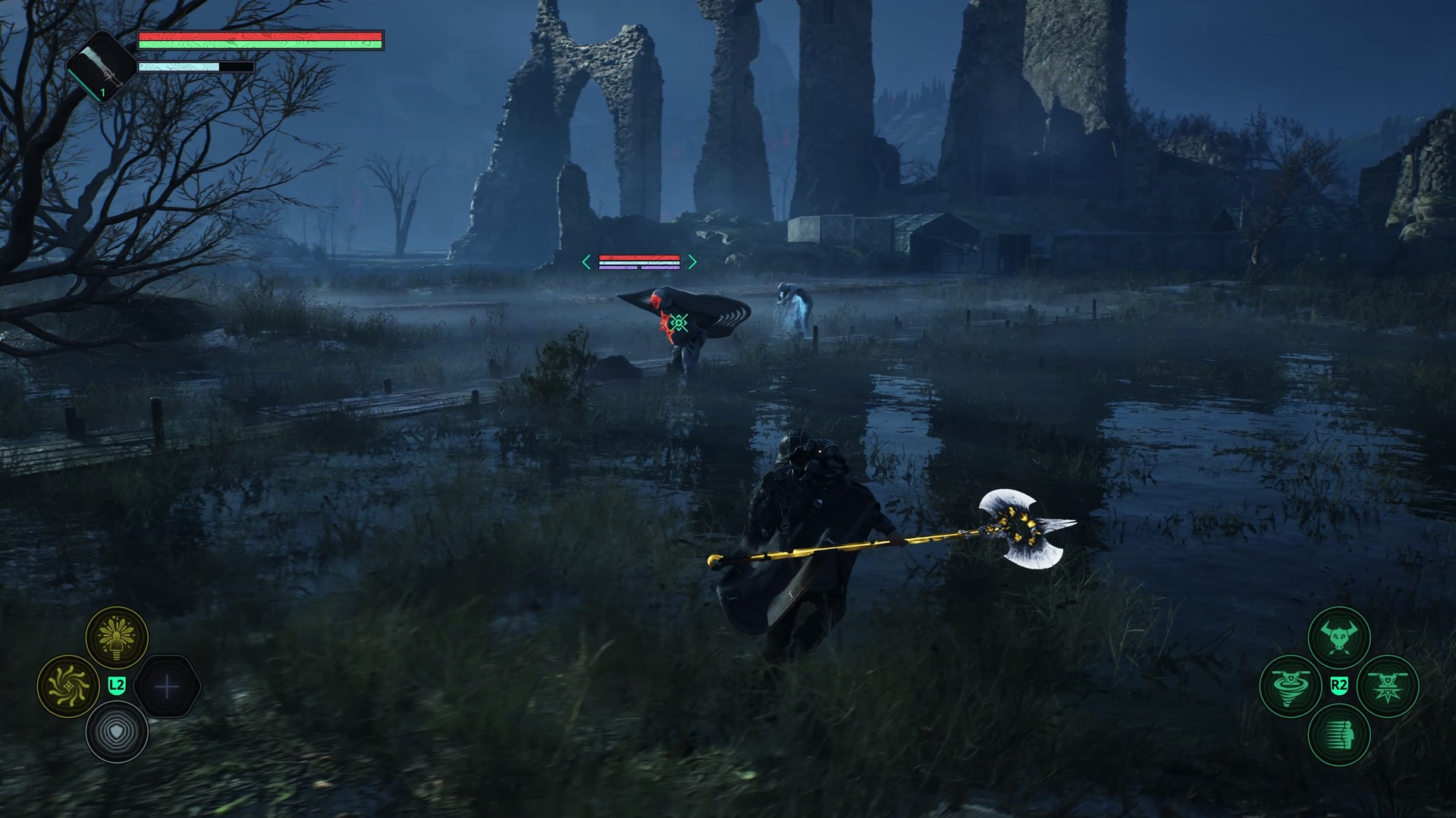 The blend of combat and exploration creates emergent highs: stumbling into an ambush mid-climb might demand an improvised spear-throw to dislodge foes, or fusing a found relic with your blade for a temporary frenzy mode that carves through a blockade. It’s not revolutionary, echoing God of War‘s deliberate duels, but its integration with the world’s hostility makes every swing feel like defiance against the cycle of violence, a cathartic slash at fate’s cruel script.
The blend of combat and exploration creates emergent highs: stumbling into an ambush mid-climb might demand an improvised spear-throw to dislodge foes, or fusing a found relic with your blade for a temporary frenzy mode that carves through a blockade. It’s not revolutionary, echoing God of War‘s deliberate duels, but its integration with the world’s hostility makes every swing feel like defiance against the cycle of violence, a cathartic slash at fate’s cruel script.
Shadows Cast in UE5 Splendor
Hell is Us is a visual elegy, harnessing Unreal Engine 5 to paint Hadea’s hellscape in haunting hyper-realism: rain-slicked trenches pockmarked by artillery scars, fog-veiled villages where laundry flaps like surrender flags, and chimeric beasts that lumber with grotesque grace, their forms twisting like war memorials come alive. Lighting plays the villain, casting long shadows that swallow paths and reveal hidden ledges at golden hour, while Nanite-fueled details, like rust flaking from barbed wire or dew beading on bullet casings, make every corner a diorama of despair. The color palette, muted grays pierced by crimson flares from drone scans, evokes The Road‘s desolation, with dynamic weather that turns drizzles into deluges, blurring visibility and heightening that primal hunt-or-be-hunted pulse.
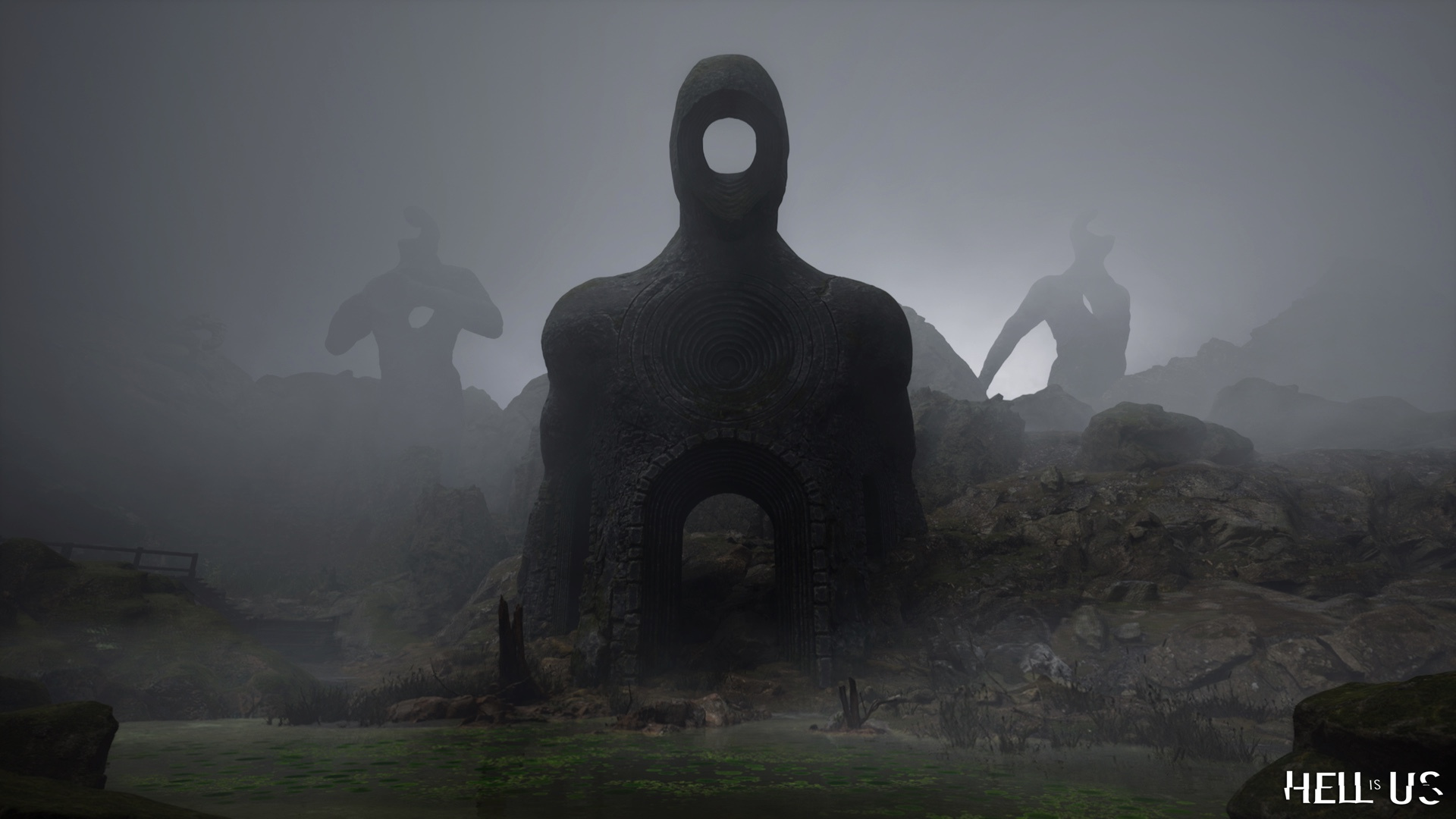 Performance hums at a locked 60fps in performance mode, with Lumen global illumination bathing boss arenas in ethereal glows that shift as you circle, though fidelity mode’s ray-traced reflections can dip frames during swarm skirmishes. Audio is the unsung specter: Stéphane Primeau’s soundscape, a brooding metal-infused drone that swells into choral dirges, cloaks the world in unease, punctuated by visceral clashes of steel on stone and the drone’s whirring hum like a conscience’s nagging buzz. Creature roars blend guttural folklore with modern artillery echoes, creating a sonic assault that’s as oppressive as it is orchestral, though sparse voice acting, delivered in a fictional tongue with English subs, can feel distant, mirroring Remi’s alienation.
Performance hums at a locked 60fps in performance mode, with Lumen global illumination bathing boss arenas in ethereal glows that shift as you circle, though fidelity mode’s ray-traced reflections can dip frames during swarm skirmishes. Audio is the unsung specter: Stéphane Primeau’s soundscape, a brooding metal-infused drone that swells into choral dirges, cloaks the world in unease, punctuated by visceral clashes of steel on stone and the drone’s whirring hum like a conscience’s nagging buzz. Creature roars blend guttural folklore with modern artillery echoes, creating a sonic assault that’s as oppressive as it is orchestral, though sparse voice acting, delivered in a fictional tongue with English subs, can feel distant, mirroring Remi’s alienation.
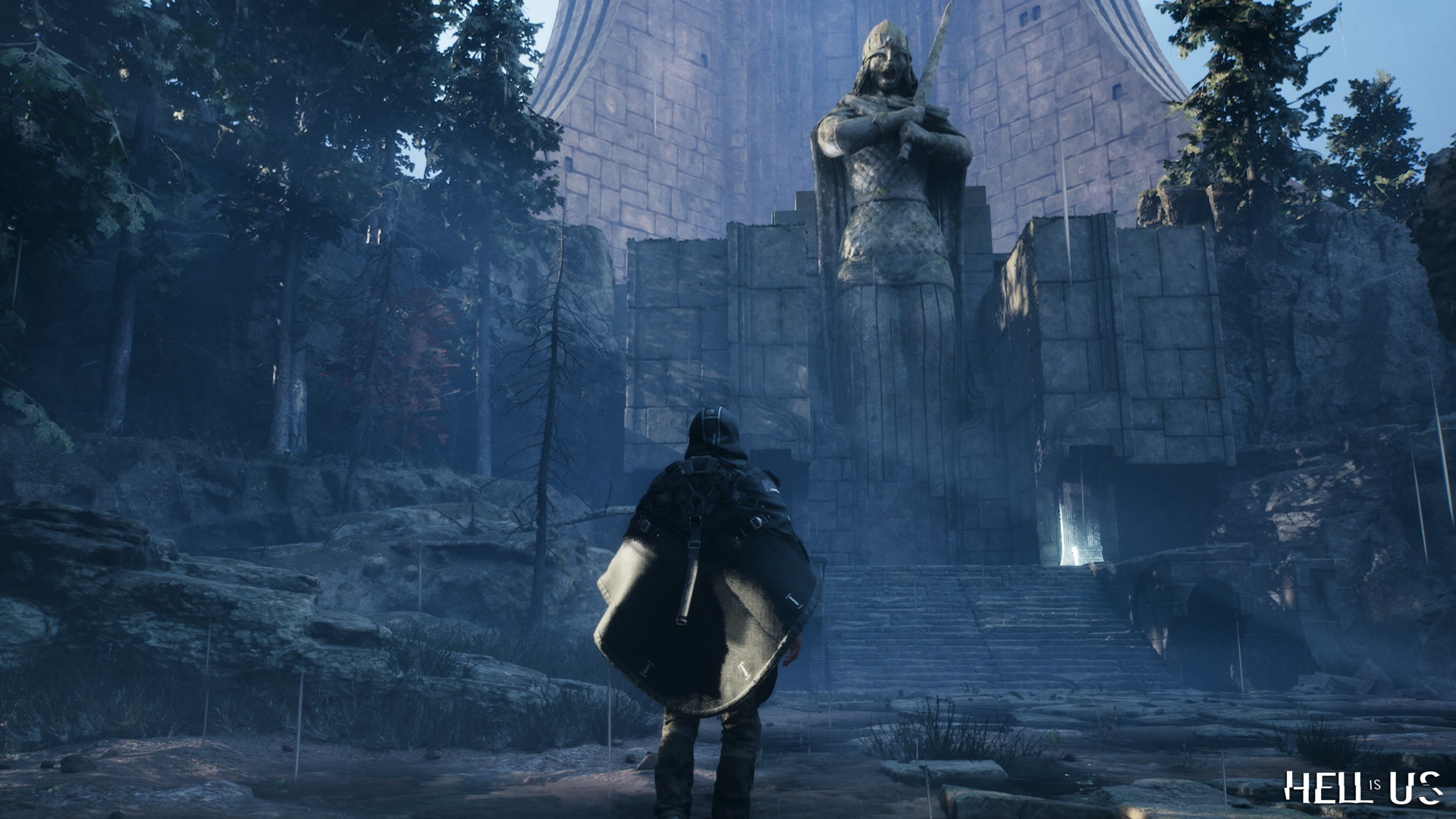 It’s a presentation that immerses without overwhelming, where the lack of HUD lets vistas breathe, turning a simple ridge crest into a moment of awe-struck dread. Minor hitches, like occasional texture streaming in vast vistas, fade against the atmospheric alchemy that makes Hadea feel less like a game world and more like a lucid nightmare you’re navigating half-asleep.
It’s a presentation that immerses without overwhelming, where the lack of HUD lets vistas breathe, turning a simple ridge crest into a moment of awe-struck dread. Minor hitches, like occasional texture streaming in vast vistas, fade against the atmospheric alchemy that makes Hadea feel less like a game world and more like a lucid nightmare you’re navigating half-asleep.
Chimeras in the Cycle
Hell is Us excels in its atmospheric alchemy, crafting a world where war’s wounds fester into supernatural sores, with exploration’s triumphs, like decoding a cryptic fresco to unlock a bunker, delivering detective highs that outshine the combat’s competent but repetitive rhythm. The Good Deeds system weaves morality into mechanics, where aiding a stranded medic might summon ethereal aid in a later siege, adding replay incentive without branching paths. At $59.99, its 30-hour runtime justifies the ticket for immersion seekers, bolstered by adjustable combat difficulties that let you temper the tension without blunting the theme.
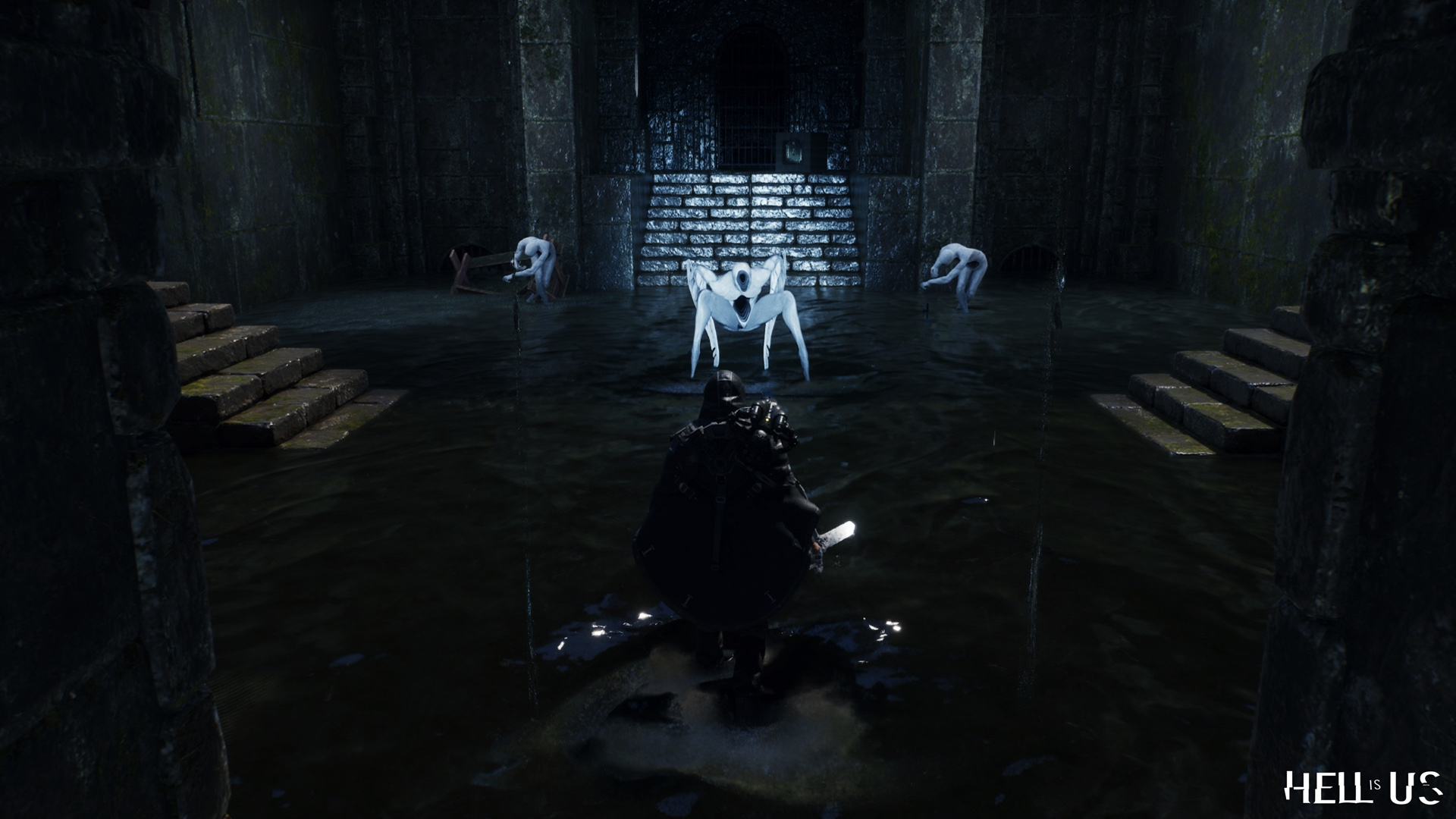 Yet, the sword cuts both ways: navigation’s opacity veers into obtuseness, with puzzles that demand external note-taking turning wonder into weariness, and enemy designs recycling motifs mid-campaign, sapping the initial shiver. Combat, while solid, lacks the depth to carry half the experience, parries feel punchy but patterns predictable, echoing soulslike-lite without the hook. Community threads buzz with “notebook warriors” trading tips on obscured objectives, underscoring the divisive delight: for some, it’s a breath of fresh frustration; for others, a slog through smoke.
Yet, the sword cuts both ways: navigation’s opacity veers into obtuseness, with puzzles that demand external note-taking turning wonder into weariness, and enemy designs recycling motifs mid-campaign, sapping the initial shiver. Combat, while solid, lacks the depth to carry half the experience, parries feel punchy but patterns predictable, echoing soulslike-lite without the hook. Community threads buzz with “notebook warriors” trading tips on obscured objectives, underscoring the divisive delight: for some, it’s a breath of fresh frustration; for others, a slog through smoke.
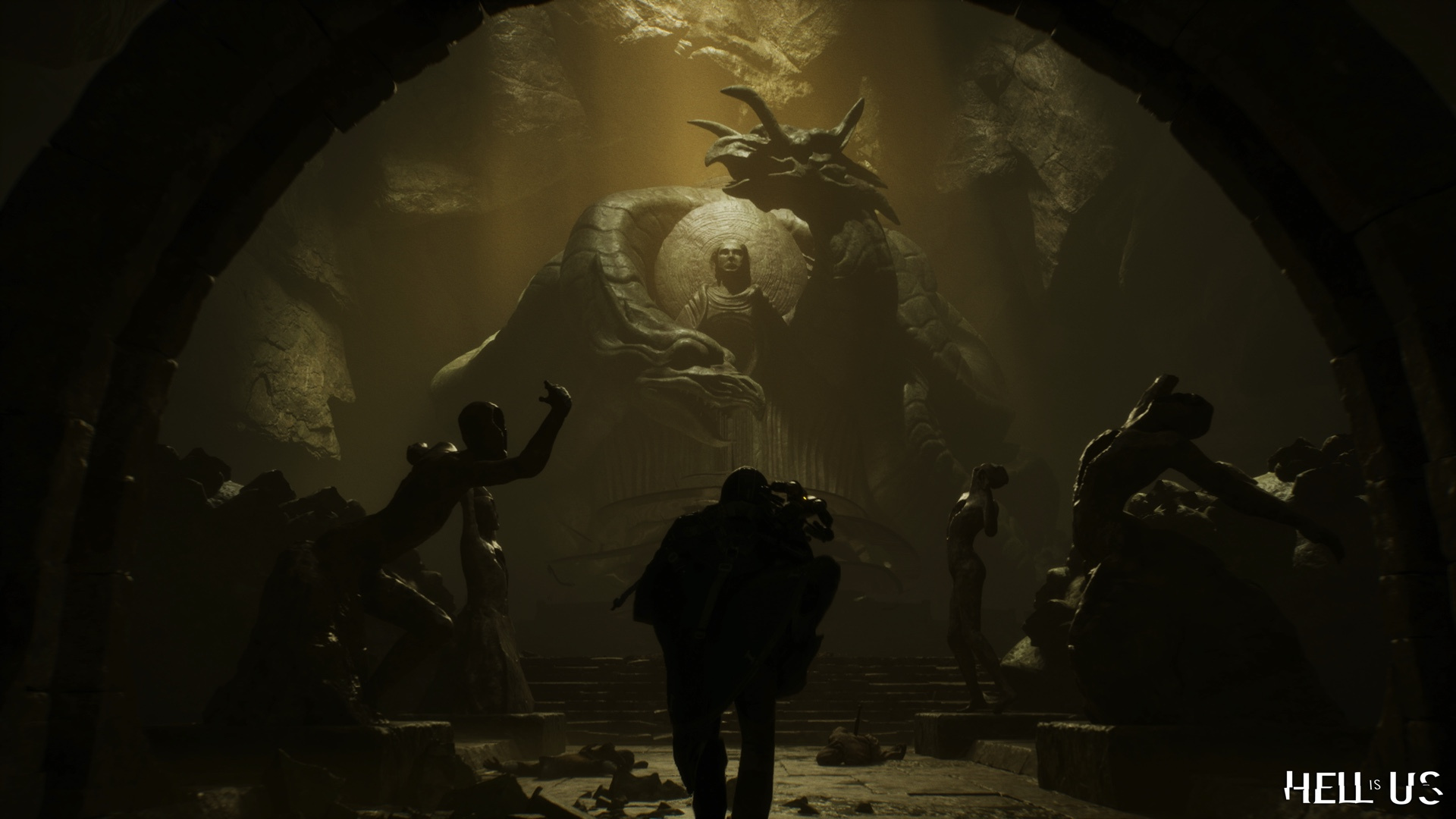 Humor hides in the human folly, a soldier’s graffiti quip about “demons or deadlines, same overtime”, but the game’s gravitas tempers laughs, ensuring they land like brief respites in the storm. It’s a debut that dares greatly, flaws and all, proving small teams can summon hells worth wandering.
Humor hides in the human folly, a soldier’s graffiti quip about “demons or deadlines, same overtime”, but the game’s gravitas tempers laughs, ensuring they land like brief respites in the storm. It’s a debut that dares greatly, flaws and all, proving small teams can summon hells worth wandering.
Echoes of Eternal Strife
Beneath the chimeras lurks a meditation on mankind’s monstrous heart, where the calamity isn’t otherworldly invasion but a mirror to our passions, rage birthing beasts that echo artillery’s roar, grief manifesting as wailing shades. Jacques-Belletête’s vision shines in how Good Deeds ripple, turning a simple act like burying the unburied into a thematic fulcrum that questions violence’s vicious loop, much like Spec Ops: The Line‘s desert mirage. It’s purposeful design that educates through unease, inviting reflection on real-world wars without exploiting them, a nuance that elevates it beyond genre trappings.
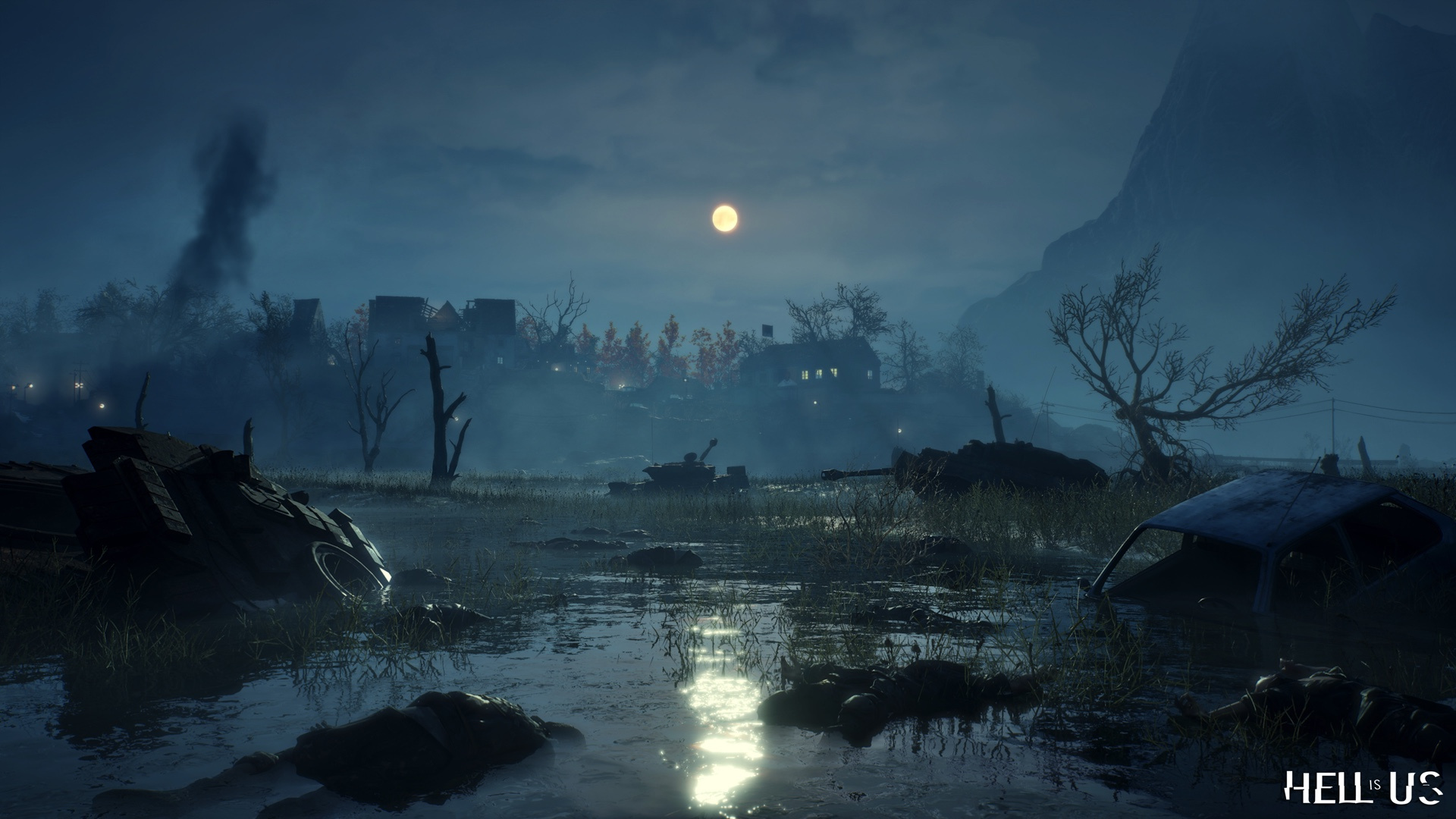 The drone’s lore dumps, reciting Hadean history amid scans, infuse education with interactivity, while the semi-open zones foster a sense of reclaimed agency in a land stripped bare. Against peers like Sable‘s serene drifts, Hell is Us contrasts with its combative core, carving a niche for thoughtful thrills. Player tales of “aha” moments, linking a child’s drawing to a hidden cache, underscore its communal spark, though the single-ending structure limits replays to masochistic mastery runs.
The drone’s lore dumps, reciting Hadean history amid scans, infuse education with interactivity, while the semi-open zones foster a sense of reclaimed agency in a land stripped bare. Against peers like Sable‘s serene drifts, Hell is Us contrasts with its combative core, carving a niche for thoughtful thrills. Player tales of “aha” moments, linking a child’s drawing to a hidden cache, underscore its communal spark, though the single-ending structure limits replays to masochistic mastery runs.
 Ultimately, it’s a hell worth braving: flawed, fearless, and fiercely original, reminding us that the true monsters walk on two legs, whispering justifications in the dark.
Ultimately, it’s a hell worth braving: flawed, fearless, and fiercely original, reminding us that the true monsters walk on two legs, whispering justifications in the dark.
Final Thoughts
Hell is Us masterfully melds melee grit with navigational nuance, crafting a semi-open saga where instinct trumps icons and every discovery feels hard-won. Its atmospheric depths and thematic bite, probing war’s emotional inferno, create a haunting hook that lingers like smoke, bolstered by solid combat and a world that rewards the wandering soul. The 25-30 hour journey, laced with Mysteries and Deeds, unfolds as a personal odyssey, proving Rogue Factor’s debut vision is as bold as it is brooding.
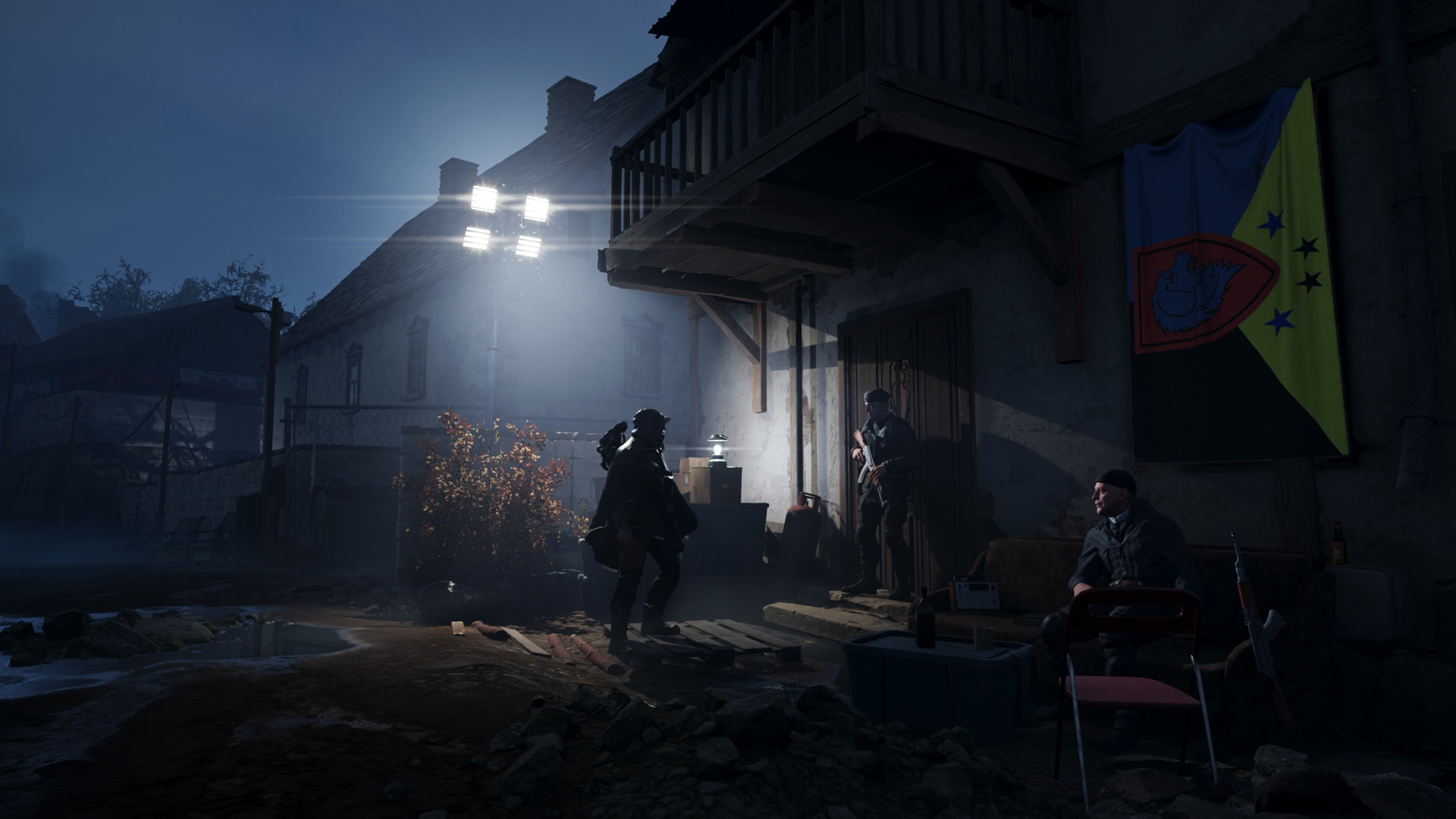 Exploration’s cryptic charms shine brightest, delivering “Eureka” highs that eclipse combat’s competent cadence, though obtuse objectives and enemy echoes occasionally dim the dread. Yet, these are shadows in a tapestry of triumphs, with adjustable difficulties ensuring accessibility amid the abyss. For adventurers craving a hand-free plunge into humanity’s heart of darkness, it’s a descent that’s as rewarding as it is relentless, a cycle worth breaking, one instinct at a time.
Exploration’s cryptic charms shine brightest, delivering “Eureka” highs that eclipse combat’s competent cadence, though obtuse objectives and enemy echoes occasionally dim the dread. Yet, these are shadows in a tapestry of triumphs, with adjustable difficulties ensuring accessibility amid the abyss. For adventurers craving a hand-free plunge into humanity’s heart of darkness, it’s a descent that’s as rewarding as it is relentless, a cycle worth breaking, one instinct at a time.
We prepared this review with a digital copy of Hell is Us for the PS5 version provided by Nacon.

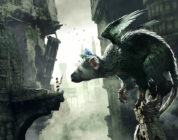



yoUQAEUuCwXlbkvOIpydbf
NMHytlpmZFkxQHFcaCX
Diplomi_dcOt
купить диплом в заречном [url=http://rudik-diplom2.ru/]купить диплом в заречном[/url] .
reiting seo kompanii_iqPt
рейтинг интернет агентств seo [url=www.reiting-seo-kompanii.ru]www.reiting-seo-kompanii.ru[/url] .
Diplomi_zoEa
купить диплом эстонии [url=https://www.r-diploma23.ru]купить диплом эстонии[/url] .
torkretirovanie_hjst
торкретирование стен [url=www.torkretirovanie-1.ru/]торкретирование стен[/url] .
gidroizolyaciya podvala cena_trsr
гидроизоляция подвала снаружи цены [url=http://gidroizolyaciya-podvala-cena.ru]http://gidroizolyaciya-podvala-cena.ru[/url] .
gidroizolyaciya cena_jsKi
гидроизоляция цена за рулон [url=www.gidroizolyaciya-cena-8.ru/]гидроизоляция цена за рулон[/url] .
postavka medicinskogo oborydovaniya_qiMi
поставка медоборудования [url=http://www.medoborudovanie-postavka.ru]http://www.medoborudovanie-postavka.ru[/url] .
pereplanirovka nejilogo pomesheniya_irSI
перепланировка в нежилом здании [url=www.pereplanirovka-nezhilogo-pomeshcheniya16.ru]www.pereplanirovka-nezhilogo-pomeshcheniya16.ru[/url] .
zakazat onlain translyaciu_vipa
организация трансляции мероприятия [url=https://zakazat-onlayn-translyaciyu5.ru]организация трансляции мероприятия[/url] .
stydiya podkastov spb_alsi
студия для самостоятельной записи [url=www.studiya-podkastov-spb4.ru]студия для самостоятельной записи[/url] .
pereplanirovka nejilogo pomesheniya_pdKr
согласование проекта перепланировки нежилого помещения [url=https://pereplanirovka-nezhilogo-pomeshcheniya18.ru/]pereplanirovka-nezhilogo-pomeshcheniya18.ru[/url] .
reiting seo kompanii_xfPt
рейтинг лучших seo агентств [url=https://www.reiting-seo-kompanii.ru]https://www.reiting-seo-kompanii.ru[/url] .
reiting seo kompanii_uoPt
рейтинг компаний seo услуг [url=reiting-seo-kompanii.ru]reiting-seo-kompanii.ru[/url] .
optimizaciya i seo prodvijenie saitov moskva_wzsi
поисковое продвижение сайта в интернете москва [url=https://optimizaciya-i-seo-prodvizhenie-sajtov-moskva.ru/]поисковое продвижение сайта в интернете москва[/url] .
reiting seo kompanii_jtPt
рекламное агентство seo [url=https://reiting-seo-kompanii.ru/]рекламное агентство seo[/url] .
good day 4 play casino_ohMl
goodday4play [url=www.goodday4play-online.com]goodday4play[/url] .
Diplomi_xdEa
купить диплом тимирязевской академии [url=http://r-diploma23.ru]купить диплом тимирязевской академии[/url] .
Diplomi_xdkr
диплом ргсу купить [url=https://r-diploma2.ru]диплом ргсу купить[/url] .
soglasovanie pereplanirovki_gmsa
услуги по согласованию перепланировки квартиры [url=http://soglasovanie-pereplanirovki-1.ru]http://soglasovanie-pereplanirovki-1.ru[/url] .
jp99_kzkt
jompay99 slot [url=https://jp99-online.com/]jp99-online.com[/url] .
Diplomi_mgst
купить диплом в тюмени цена [url=https://r-diploma16.ru/]купить диплом в тюмени цена[/url] .
kypit kyrsovyu_dhot
заказать практическую работу недорого цены [url=https://kupit-kursovuyu-3.ru/]kupit-kursovuyu-3.ru[/url] .
kypit kyrsovyu_mfsi
курсовой проект цена [url=http://kupit-kursovuyu-6.ru/]http://kupit-kursovuyu-6.ru/[/url] .
kypit kyrsovyu_ovKr
заказать курсовую работу спб [url=http://kupit-kursovuyu-4.ru]http://kupit-kursovuyu-4.ru[/url] .
kypit kyrsovyu_iiEr
стоимость написания курсовой работы на заказ [url=https://kupit-kursovuyu-5.ru/]стоимость написания курсовой работы на заказ[/url] .
kypit kyrsovyu_vzet
написание курсовой на заказ цена [url=www.kupit-kursovuyu-7.ru]www.kupit-kursovuyu-7.ru[/url] .
kypit kyrsovyu_enot
курсовая работа на заказ цена [url=kupit-kursovuyu-3.ru]курсовая работа на заказ цена[/url] .
kypit kyrsovyu_dgot
заказать курсовую работу [url=www.kupit-kursovuyu-3.ru]заказать курсовую работу[/url] .
Diplomi_rgmt
купить диплом мгри рггру [url=r-diploma20.ru]купить диплом мгри рггру[/url] .
narkologicheskaya klinika_mset
клиника наркологическая платная [url=narkologicheskaya-klinika-37.ru]narkologicheskaya-klinika-37.ru[/url] .
filler kypit_ecMi
филлеры купить цены [url=https://filler-kupit1.ru/]https://filler-kupit1.ru/[/url] .
filler kypit_uwMi
филлер ру [url=http://filler-kupit1.ru/]филлер ру[/url] .
elektrokarniz dlya shtor_nnkl
карниз электро [url=https://elektrokarniz-dlya-shtor11.ru]https://elektrokarniz-dlya-shtor11.ru[/url] .
Elektrokarniz_qysa
электрические карнизы купить [url=http://elektrokarniz2.ru/]http://elektrokarniz2.ru/[/url] .
Elektrokarniz_wvsi
карнизы с электроприводом [url=https://provorota.su/]https://provorota.su/[/url] .
elektrokarnizi dlya shtor_phMi
карниз с приводом для штор [url=https://elektrokarniz-dlya-shtor15.ru]https://elektrokarniz-dlya-shtor15.ru[/url] .
narkologicheskaya klinika_ppEn
реабилитационный центр наркологический [url=http://narkologicheskaya-klinika-38.ru/]http://narkologicheskaya-klinika-38.ru/[/url] .
rylonnie shtori s elektroprivodom_cqOa
рулонные шторы на окна купить [url=https://www.rulonnye-shtory-s-elektroprivodom177.ru]рулонные шторы на окна купить[/url] .
Diplomi_hyol
купить диплом пту в екатеринбурге [url=www.r-diploma5.ru/]www.r-diploma5.ru/[/url] .